Vivariums are splendid works of habitat engineering. If you decide to build a vivarium, planning it thoroughly is a crucial element to succeeding youre your own happiness. Note; this will guild you on your journeys; not take you through a ruled out step by step process. First IÂll talk about learning what a vivarium actually is. Second, IÂll go over construction details for weather simulation purposes. Moreover, IÂll talk about "shopping around" and why you should consider it. Lastly IÂm going to show you some materials I am using to build my own vivarium to further ignite your imaginative processes. If you decide not to follow these basic ideas, you will just be wasting your time and money. Know one buys a plot of land and begins building a structure without knowing what it will end up as when complete. You should know that things might get tuff the first time you attempt them on your own. If you know that then you probably know that if you can plan a strategy it then behooves you to do so. I know what its like to jump into a project without a solid plan. Looking at a finished work that was ill thought out is always an unpleasant reminder of your failure to realize a vision.
LetÂs talk about development of thought.
GOOD RESEARCH
Really think about the way want every thing to look and work. Your ideas will increase and evolve with the help of the internet, so take advantage its cornucopia of information. Find out what your ecosystems pseudo biological aspects should compose of, because its not just about the importance of look and the pleasures of viewing, its also a valid statement about competence itself. To save your from running around all over the internet; picking up scraps of information here and there, find a place you can call your base of operations. You should have access to a massive variety of data here that will help you in all aspects of your project. I use www.gardenweb.com because itÂs dedicated to garden culture, has a forum for vivarium enthusiasts and hosts bloging. ItÂs also very well oriented. Moreover, from your selected home base youÂll become aware of other sources of information from which to benefit from. For a great design concept, I recommend www.blackjungle.com. Once you have picked the materials your going to use to get a fully functional naturalistic environment going, youÂve still got the somewhat complex matter of making a housing case for the network of weather simulating devices that keep your vivarium alive.
Which brings me to my next point;
HOUSING CASE AND HUMIDIFYING
This is the area is where most "hold ups" and problems occur. It is iparitive that you get this aspect of planning right if you want to truly simulate a jungle environment. Take your time. Have a one on one or group conversation with a person or persons, so your comprehension will run with a faster smoother speed. YouÂll need to become familiar with electrical, lighting, construction, and hydroponics jargon. WeÂve four things to consider when planning for the housing aspect of our weather simulation; Ventilation placement for humidity and heat control, lighting fixture placement for plant health, desired complexity of the electrical network within the housing case and how to build the actual case itself. YouÂre going to have to either borrow or buy a tape measure, chalk line, protractor, pencil, buzz saw, and drill to build the overhead. It really helps in this part to know someone that can give you detailed direct advice on what you want to do. (NowÂ) ItÂs difficult to maintain tropical humidity in some terrariums if you donÂt spend at least one hundred thirty dollars. The typical way to go about creating humidity is to have a wet wall in combination with a misting system. A wet wall simulates the effect of a moderate rainfall without the rain itself. Misting deviceÂs come in a variety of sorts; some work as high pressure pumps and are expensive. Systems can also be made out of modified baby unifiers and P.V.C. pipe. All in which costs 30 bucks. Let me show you how IÂm going to build my own vivarium.
(sooooo.)
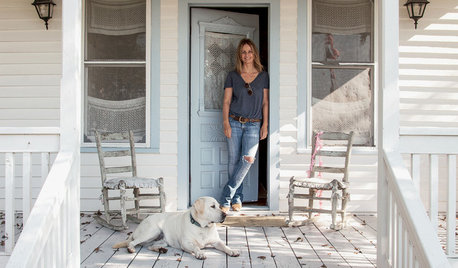
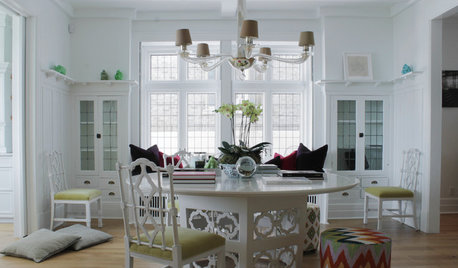
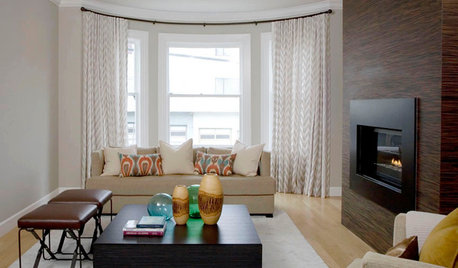
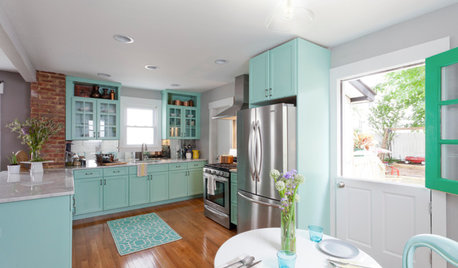
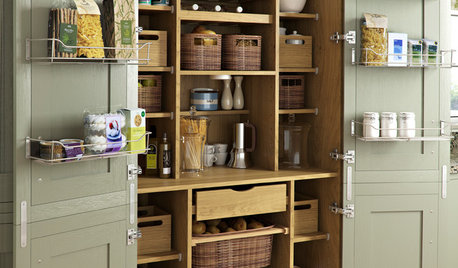
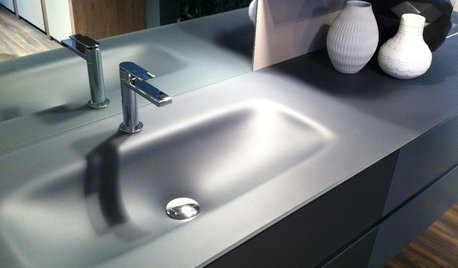
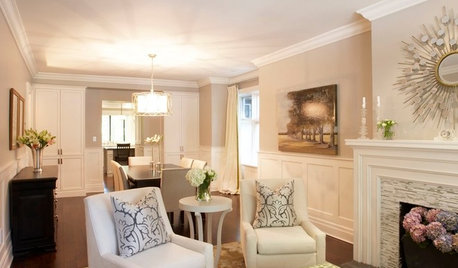
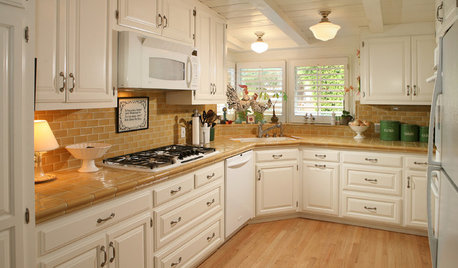
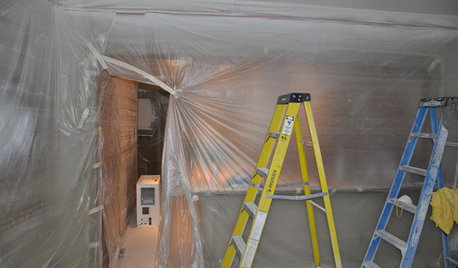
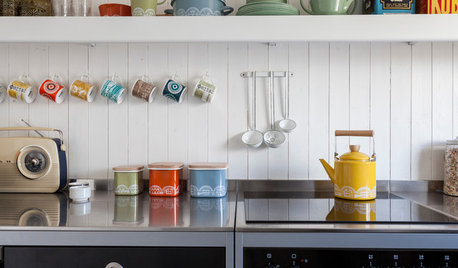







sherryazure
Related Professionals
Norfolk Landscape Architects & Landscape Designers · Ballenger Creek Landscape Architects & Landscape Designers · Springfield Landscape Contractors · Hilo Landscape Contractors · Lyndhurst Landscape Contractors · Brooklyn Window Contractors · Crestwood Window Contractors · Muncie Window Contractors · Newton Window Contractors · North Hollywood Window Contractors · Westchester Window Contractors · Marinette General Contractors · Mount Prospect General Contractors · Saginaw General Contractors · University Park General Contractors